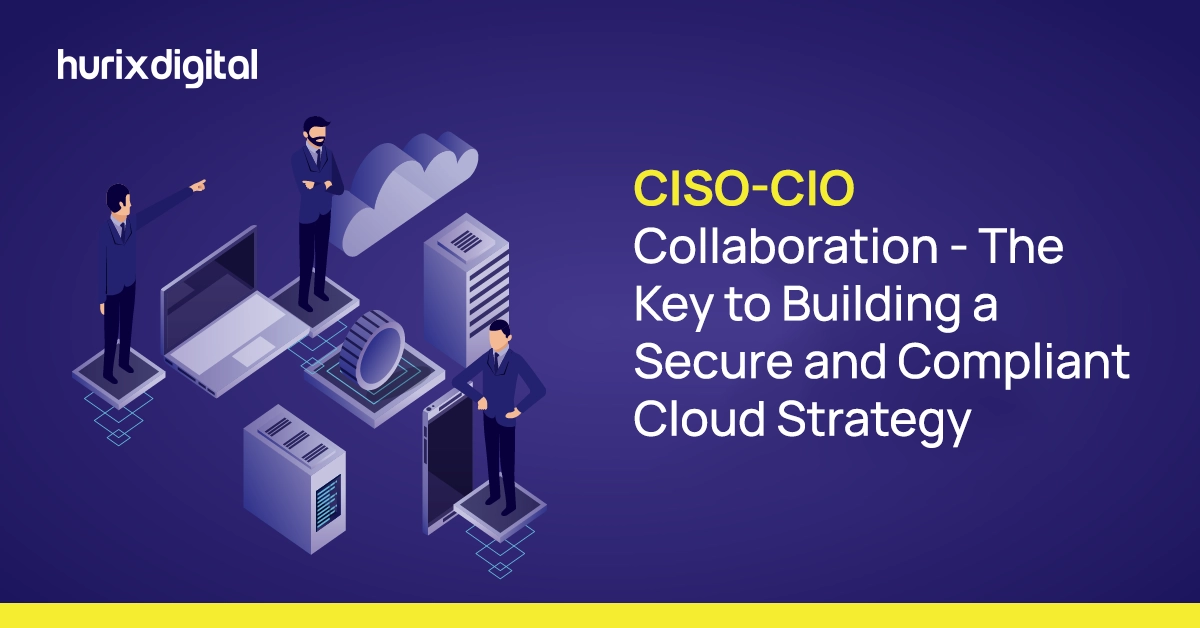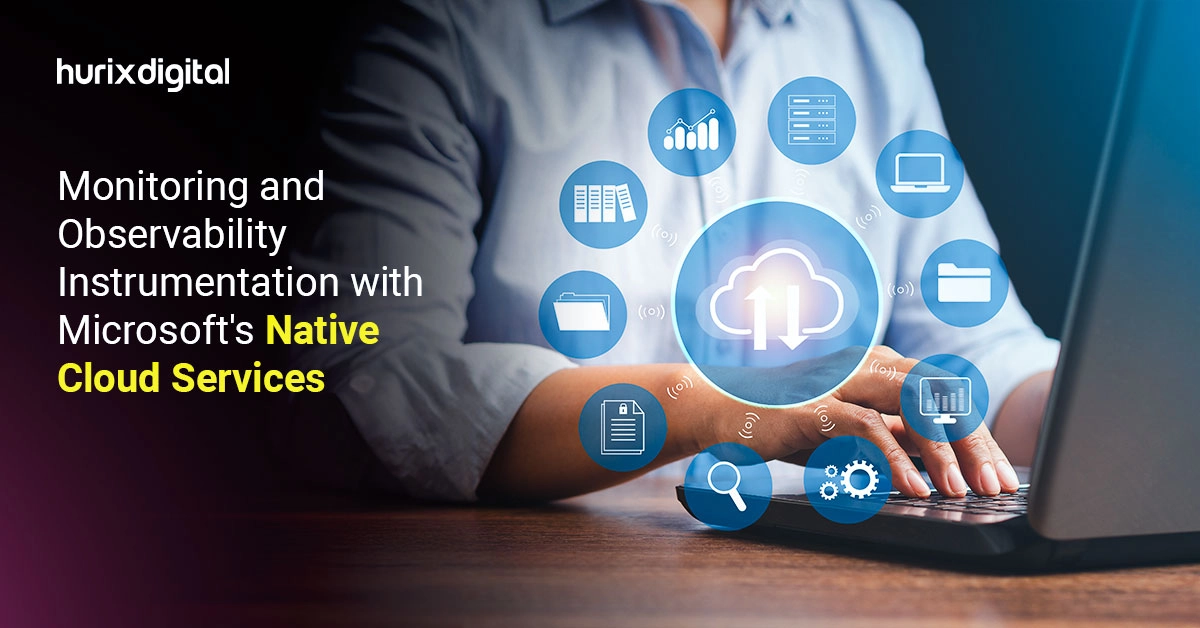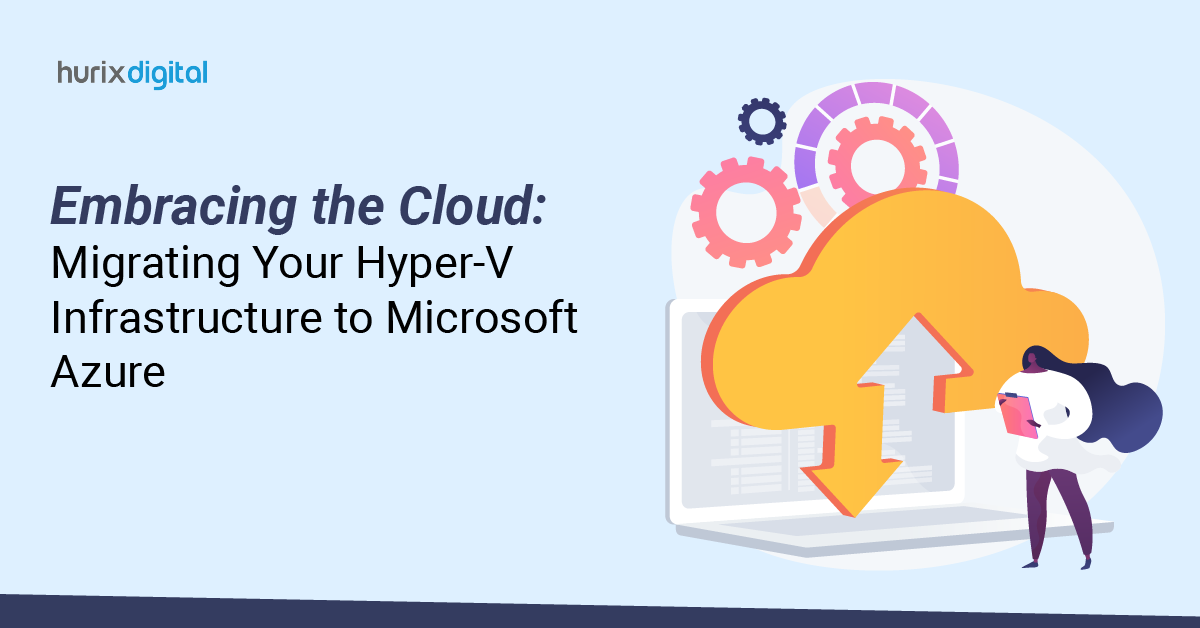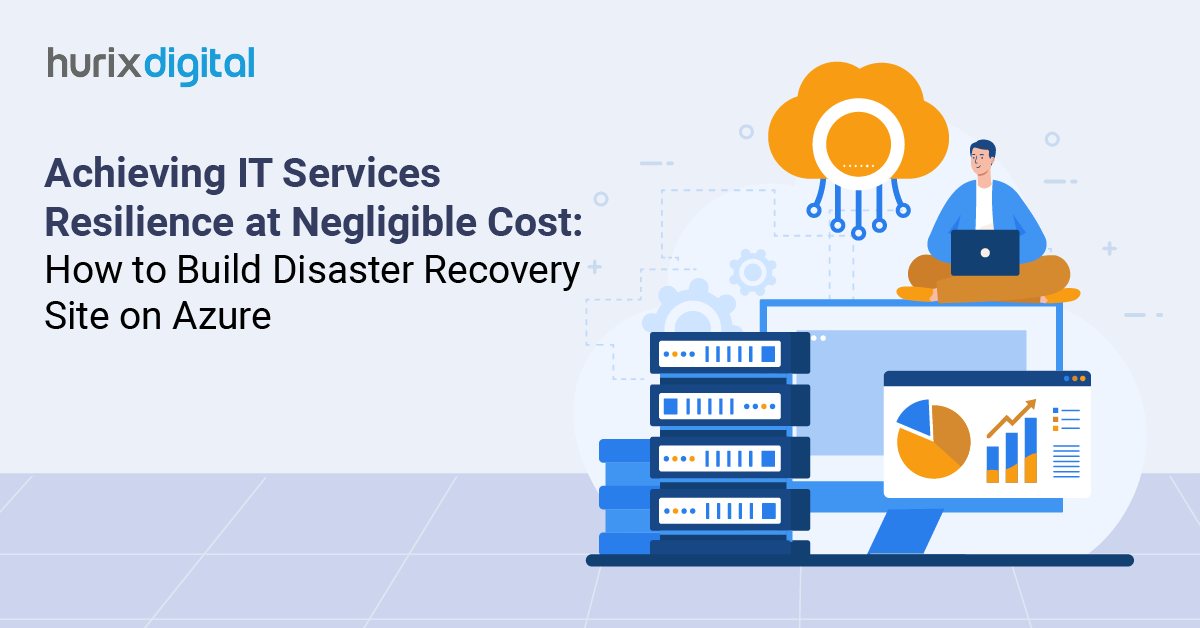
CISO-CIO Collaboration – The Key to Building a Secure and Compliant Cloud Strategy
Summary
This blog explores how CISOs and CIOs collaborate to manage cloud security, compliance, and operations, ensuring optimal performance, security, and cost-effectiveness.
Are CISOs and CIOs the key to mastering the complexities of today’s cloud environments? This alliance is crucial for upholding security and smoothly integrating compliance into the structure of cloud-managed services.
Working as a team, they handle the complex obstacles of managing multiple clouds, making sure that security measures progress alongside the growth and advancements in cloud infrastructure.
Their partnership is crucial for implementing strong cloud operations that support business objectives while also maintaining cost-effectiveness and regulatory compliance. This partnership establishes the foundation for enhanced cloud management and streamlined cloud tactics, which are essential for today’s businesses.
Table of Contents:
- The Role of the CISO in Cloud Security
- The Role of the CIO in Cloud Operations and Management
- Key Areas of Collaboration Between CISO and CIO
- Addressing Cloud Security and Compliance Challenges
- Best Practices for Building a Secure and Compliant Cloud Strategy
- Wrapping Up
The Role of the CISO in Cloud Security
The CISO has a crucial responsibility to protect cloud-managed services. Here’s how a Chief Information Security Officer guarantees strong cloud security and adherence to regulations:
- Strategic Security Planning: CISOs create strategic security frameworks specifically designed to safeguard cloud infrastructure. This includes recognizing possible risks and creating protective measures based on business goals. Gartner reports that 99% of cloud security failures through 2025 will result from customer negligence, underscoring the importance of CISOs in implementing security protocols.
- Implementation of Security Tools: They oversee the deployment of advanced cloud security tools, which play a crucial role in efficiently monitoring and responding to security incidents. A recent IDC study showed that close to 80% of companies have faced a cloud data breach in the last 18 months, highlighting the crucial need for implementing advanced security tools.
- Compliance Oversight: Ensuring compliance with regulatory standards is crucial. CISOs oversee audits and guarantee that cloud operations meet regulations such as GDPR and HIPAA. They consistently revise compliance policies to align with recent regulations and industry norms.
- Risk Management: Regular risk assessments pinpoint vulnerabilities in the cloud environment and create mitigation plans. These evaluations assist in ranking security investments and improving response tactics.
- Training and Awareness: CISOs also champion security awareness programs to teach employees about cloud security risks and best practices. This training is essential for developing a culture within the organization that prioritizes security.
Also Read: Service Level Agreements (SLAs): The Key Elements of Cloud-Managed Services
The Role of the CIO in Cloud Operations and Management
The CIO has a vital responsibility in supervising cloud operations and management, concentrating on efficiency, cost-effectiveness, and governance in cloud-managed services.
Here is an in-depth analysis of the CIO’s duties:
- Operational supervision: CIOs ensure that cloud operations function well, focusing on increasing uptime and efficiently allocating resources. They also supervise the technical components of managing cloud infrastructure, ensuring that systems are strong and able to grow.
- Cost Management: The CIO’s crucial responsibility is managing expenses related to cloud usage. They implement techniques for managing cloud costs, like selecting appropriate service models and adjusting resources based on changing needs, to maintain operational efficiency without excessive spending.
- Cloud Optimization: CIOs frequently evaluate cloud services to enhance performance and reduce costs. This involves using multi-cloud orchestration tools to automate workload and resource management in various cloud environments, improving operational agility.
- Management and adherence: They set up structures for cloud governance to outline rules and steps for using the cloud. This administration is crucial for adhering to data protection laws and upholding data integrity and security.
- Strategic Planning: The CIO collaborates with other executives to align cloud strategies with the company’s future business objectives. They also play a crucial role in leading initiatives to update and transfer data to the cloud to meet changing business requirements.
Key Areas of Collaboration Between CISO and CIO
The collaboration between the Chief Information Security Officer (CISO) and the Chief Information Officer (CIO) is crucial in several key areas of cloud management to ensure security, efficiency, and governance. Here’s a closer look at these critical collaboration areas:
1. Cloud Infrastructure Management
CISOs and CIOs collaborate to establish a secure infrastructure framework that supports scalability and resilience. They ensure that infrastructure policies and practices align with business objectives and security requirements.
2. Multi-Cloud Management and Orchestration
They strategize on integrating multiple cloud services to enhance flexibility and data accessibility. Together, they oversee multi-cloud orchestration to streamline operations across various cloud platforms, optimizing workload distribution and resource utilization.
With 85% of enterprises already operating in multi-cloud environments, collaboration between CISOs and CIOs is critical for securely managing diverse cloud platforms.
3. Cloud Security Tools and Governance
Collaborating to choose and utilize cloud security tools is crucial to safeguard data on all cloud platforms. Together, they create governance models that ensure uniform security protocols and compliance standards throughout the company’s cloud platforms.
This collaboration ensures strong cloud security, efficient operations, and strategic governance to optimize performance and protect against new threats in cloud architectures. It is crucial to maximize the full capabilities of cloud technologies while protecting the organization’s assets and compliance position.
Addressing Cloud Security and Compliance Challenges
The partnership between CISOs and CIOs is crucial in effectively managing the intricate realm of cloud security and compliance. Below are a few of the typical difficulties they tackle as a team:
1. Data Breaches and Vulnerabilities
They safeguard data from breaches using effective cloud security measures. Continuous surveillance and sophisticated threat detection systems pinpoint vulnerabilities quickly.
A report from Check Point in 2023 noted a 48% increase in cloud security attacks compared to the year before, underscoring the significance of advanced threat detection and monitoring.
2. Regulatory Compliance
CISOs and CIOs ensure cloud services comply with various regulations such as GDPR, HIPAA, or PCI-DSS. They maintain compliance through regular audits and by adapting policies as regulations evolve.
3. Access Management
Collaboratively, they develop comprehensive identity and access management (IAM) strategies to regulate access to cloud resources. Multi-factor authentication and least-privilege access policies are widely used approaches.
4. Shared Security Model
They explain the shared responsibility model with cloud providers to establish distinct security duties. Frequent examination of contracts and service level agreements (SLAs) with providers guarantees security standards are upheld.
By combining their knowledge, CISOs, and CIOs successfully reduce risks linked to cloud computing, establish strong security measures, and meet compliance needs to protect the organization’s cloud systems.
Best Practices for Building a Secure and Compliant Cloud Strategy
To build a secure and compliant cloud strategy that supports modernization, migration, and automation, CISOs and CIOs should adhere to the following best practices:
1. Strategic Planning for Cloud Migration
Conduct thorough risk assessments before migration to identify potential security issues and compliance gaps. Plan migrations in phases to monitor the impact on security and compliance at each step.
2. Cloud Modernization Initiatives
Update cloud environments regularly to leverage the latest security features and technologies. Implement containerization and microservices to improve scalability and manage security more granularly.
3. Leveraging Multi-Cloud Automation
Automate the enforcement of security policies for all cloud services to guarantee uniform security and compliance. Utilize automation tools to simplify the deployment and control of cloud resources, minimizing human mistakes.
4. Continuous Compliance Monitoring
Implement continuous monitoring technology to monitor adherence to internal policies and external regulations. Automate compliance reporting to be ready for audits at all times.
Also Read: 12 Emerging Trends in Cloud Managed Services: Predictions for 2025
Wrapping Up
Collaboration between CISOs and CIOs is integral in driving cloud-managed services forward, ensuring strong security measures, adhering to regulatory standards, and efficiently handling expenditures.
By forming strategic alliances, they maneuver through the intricacies of multi-cloud environments, improve cloud operations, and deploy advanced security measures. This collaboration improves the capacity to address changing threats and meet compliance needs quickly.
Find out how Hurix Digital can help your company develop a secure, compliant, and cost-effective cloud strategy. The brand can help organizations enhance their cloud strategies by adopting a collaborative approach between CISOs and CIOs to fully utilize cloud technology’s benefits and protect assets while minimizing costs.
Contact us now to discover how we can improve your cloud operations!

Vice President and Strategic Business Unit Head – Cloud Services
A top technology management voice on LinkedIn with 20 Years of experience in Information Technology, Cloud Services, Digital Transformation, Application Modernisation, Managed Services, IT Security Engineering and Operations Management. An avid technology Leader, Leadership Speaker, Author & Coach.







